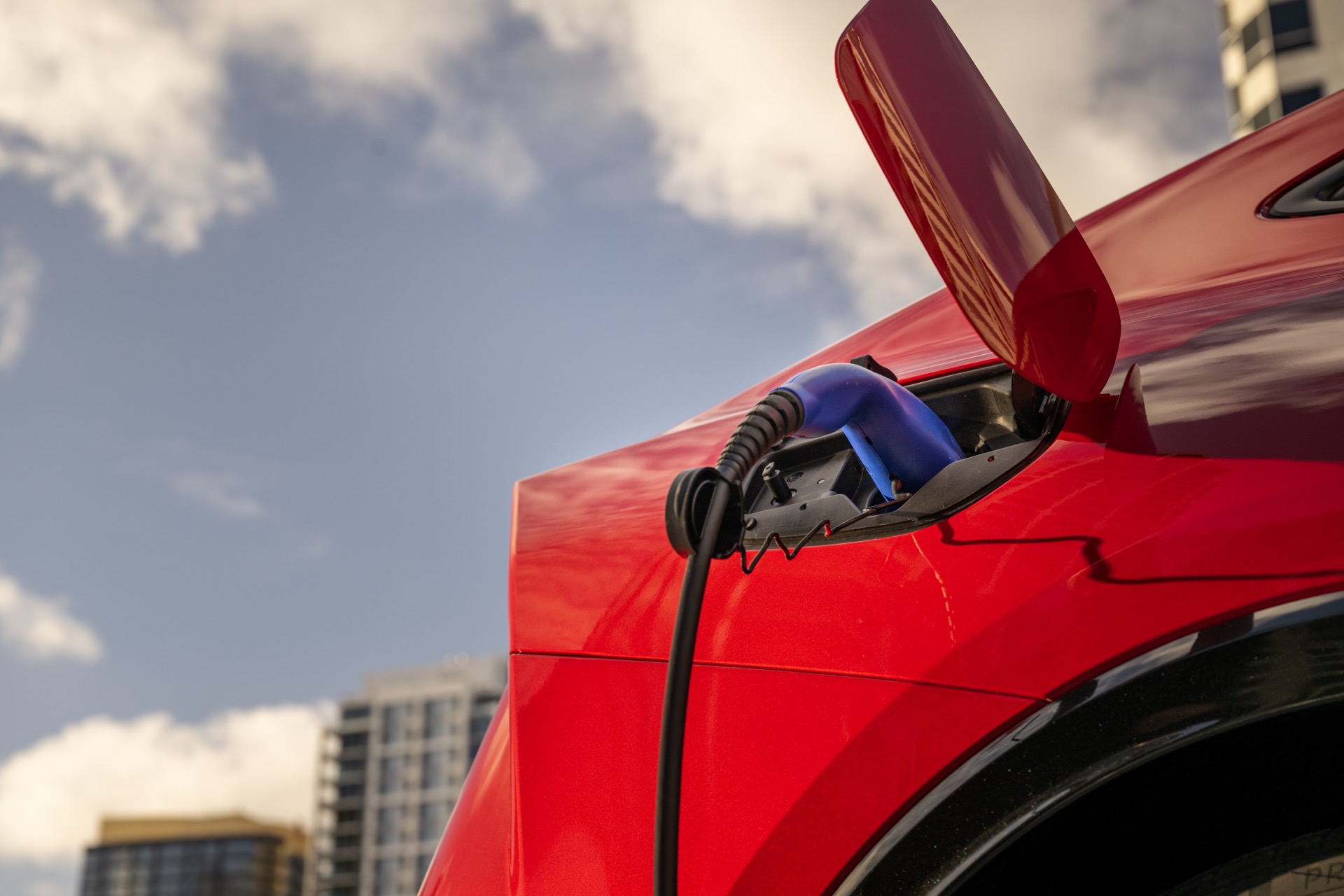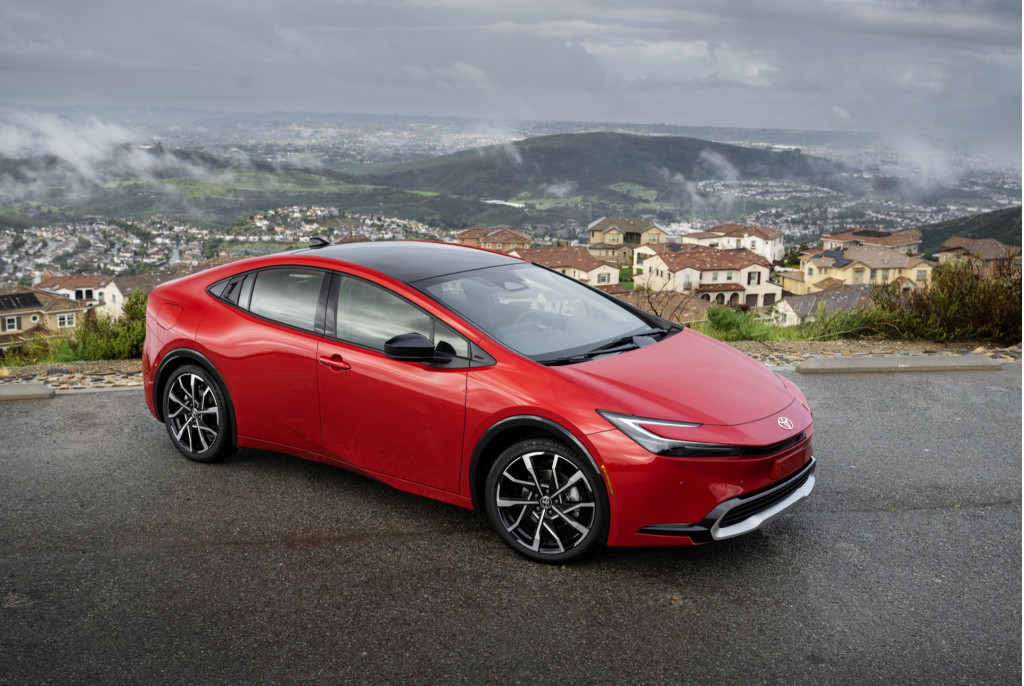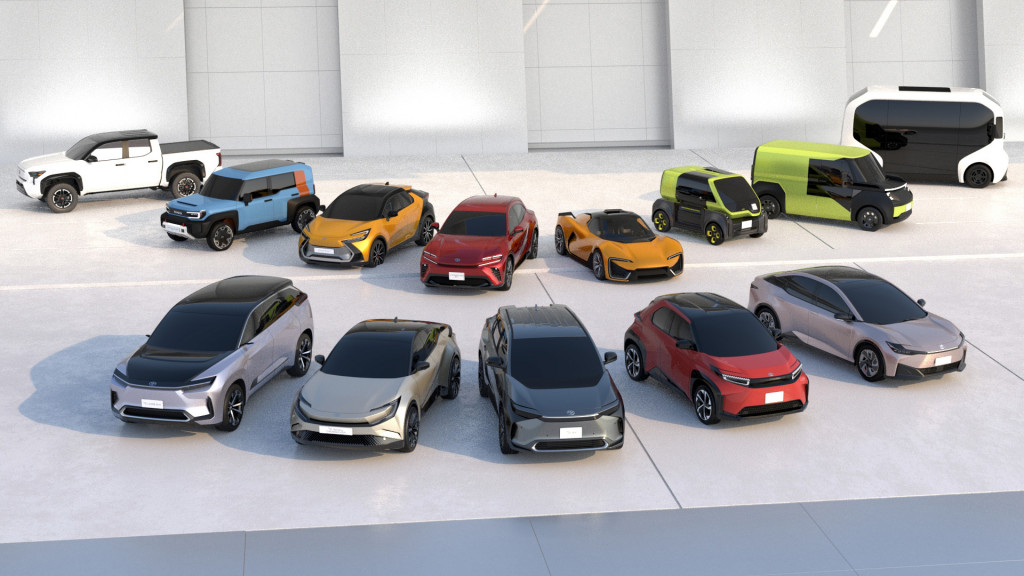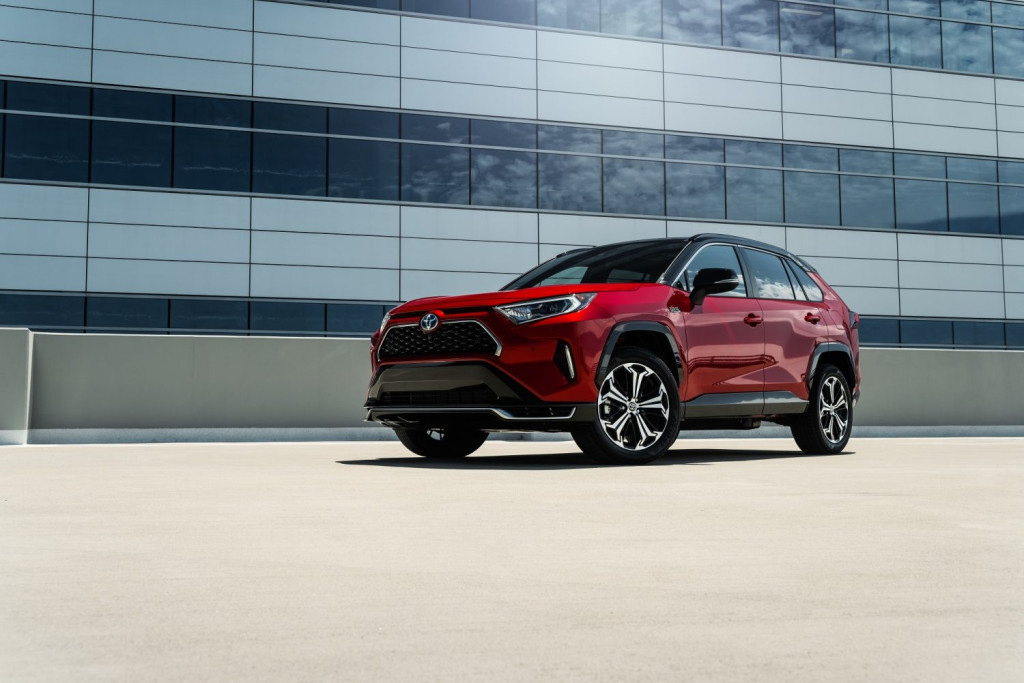

Toyota plans to push plug-in hybrid EV range beyond 120 miles
Toyota on Friday announced plans to greatly increase the electric range of its future plug-in hybrids, develop next-generation EVs with double the range, and expand hybrid sales to emerging markets.
In an update on the company’s direction, Toyota’s executive vice president in charge of product, Hiroki Nakajima, said that plug-in hybrids are “the practical EV,” and that it plans to extend the EV-mode driving range of PHEVs out beyond 200 km (124 miles).
No timeline for this was announced, but a next generation of plug-in hybrids may still be several years away. Toyota this week launched the 2023 Prius Prime in the U.S., with its 44 miles of electric range still falling short of both California’s expected 50-mile range for PHEVs—and GM’s Chevy Volt, which was discontinued four years ago.

2023 Toyota Prius Prime
The announcement marks an about-face for Toyota on how it aims to package plug-in hybrids. Even in 2021 it maintained that 40 miles is where it needs to be for PHEVs to cover daily driving needs even in extreme weather. Beyond that, it’s added weight, cost, and to the detriment of efficiency.
Toyota also confirmed plans to ramp up EV production to 1.5 million EVs annually—globally—by 2026, which amounts to a significant acceleration versus previous plans. And it said that it will release a new generation of EVs in 2026 that “will double driving range by using batteries with far greater efficiency,” according to Nakajima.

Planned Toyota electric vehicle lineup
In the U.S., Toyota will make a three-row SUV in 2025, with batteries supplied from North Carolina, the company confirmed. It’s unclear if that or any of these upcoming vehicles will follow the design teased in concept form in 2021, when Toyota confirmed 30 EVs by 2030, globally.
The company promised to transform manufacturing, with the number of processes cut in half, autonomous vehicle inspections, and unmanned transport with connected tech. It has created a specialized unit to handle this shift, it said.
Toyota aims to cut the average CO2 emissions of the vehicles it sells worldwide by 33% by 2030 and by more than 50% by 2035, versus 2019.

2024 Toyota RAV4 Prime preview
As Toyota has continued to argue, it can make a bigger difference in global emissions, given battery constraints, to use more of that battery capacity for hybrids than EVs.
It may actually be financially advantageous for Toyota to replace non-hybrids in some markets with hybrids. According to Yoichi Miyazaki, the executive VP in charge of manufacturing, the cost of the company’s hybrid systems has dropped to a sixth of their original cost, achieving profitability compared to other gasoline-powered vehicles.
“In summary, for growth in emerging markets, profitable hybrids will be used as a source of income,” said Miyazaki.
In areas of the world in which there is not yet a developed charging infrastructure, that could give the company an edge, and a continued validation for the different trajectory toward electrifying its vehicles that the company has followed.
Add a comment Cancel reply
Comments (0)
Related posts


EV Guide: How to Care for Your Electric and Hybrid Car











